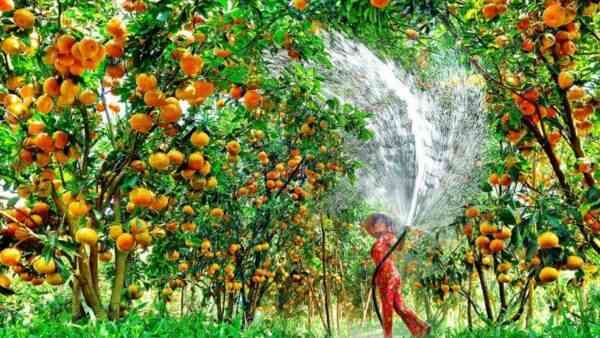All cultivated plants were once bred by man, and with the development of civilization, selection work is only gaining momentum. More and more new plant species are being introduced every week, if not every day, and despite the fact that not all of them are in demand, progress cannot be stopped. Moreover, work is underway to domesticate plants in a variety of ways, from breeding wild samples in suitable conditions to hybridization and crossing of different species.
Interesting facts about cultivated plants
- Apparently, the first plant domesticated by humans was the fig. At least, this is evidenced by fossil finds found on the territory of modern Israel. They are over 11,000 years old. The fact is that there were no seeds in the discovered fruits, that is, they belonged to cultivated figs, which were bred by man, and reproduces only by shoots.
- Cereals and legumes were cultivated about 10,000 years ago.
- Some cultivated plants, such as pineapples, cannot reproduce on their own in the wild. Commercially grown pineapples do not have seeds, so they can only reproduce by shoots. Moreover, if you cross a cultivated pineapple with a wild one, the ability to reproduce by seeds will again appear in this hybrid (interesting facts about pineapples).
- Most hybrids of cultivated plants can be found in the citrus camp. Here you have tangelo (tangerine plus grapefruit or pomelo), and clementines (tangerine plus king orange), and rangpur (tangerine and lemon), and suites (grapefruit plus pomelo), and much more.
- In Japan, breeders bred square watermelons for one single purpose – to make them easier to transport, since much more square fruits can be placed in the same volume than round ones.
- Cultural plants in most cases are incapable of self-propagation without human help. And if they are capable, then in most cases their descendants, grown from seeds, will produce far less high-quality fruits than the progenitor plant.
- Small and hard apples, sometimes called paradise apples, are the ancestors of most modern apples. Domestic apple trees, these succulent-fruited crops, were the result of the efforts of early botanical breeders.
- Some crops and trees can coexist successfully. For example, there are cases when a grafted pear branch successfully took root on an apple tree (interesting facts about pears).
- Garlic contains more sugar than sugar beet – about 20% versus about 18-19%.
- Most of the fruits of cultivated plants in one way or another consist of water. In cucumbers, it is generally about 95-97%.
